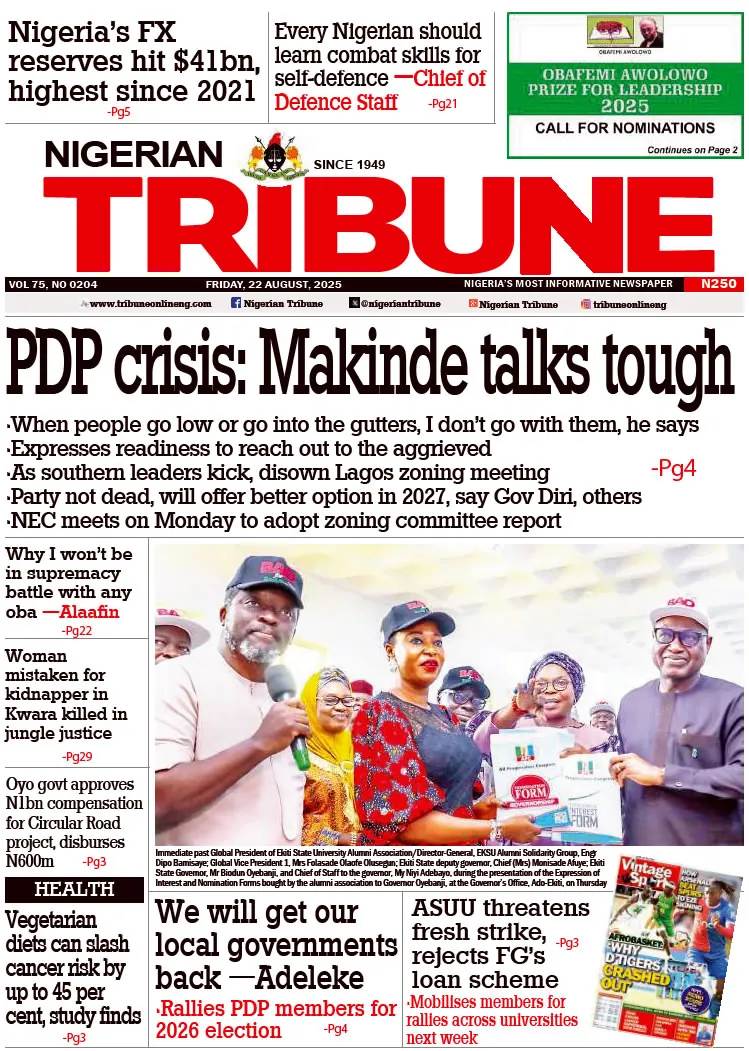In 2024, communication continues to evolve rapidly, driven by technological advancements and changing societal needs from traditional methods to digital platforms.
This article used the BusinessDay, Statcounter, and Emailtooltester ratings to know the most used means of communication.
Here’s an overview of the most widely used means of communication today:
1. Instant Messaging Apps
Instant messaging apps such as WhatsApp, which has 25.8% of the global population (2 billion users) and 10.6 million users in Nigeria, remain dominant. They are used for real-time communication, multimedia sharing, and enhanced privacy features. They now offer advanced capabilities like encrypted video calls and collaborative tools, making them indispensable for both personal and professional use.
2. Social Media Platforms
Social media continues to be a cornerstone of communication. Platforms like Facebook, Instagram, and TikTok allow users to share updates, promote businesses, and engage with global audiences.
Facebook has 36.4% of the global population (2.9 billion users) and 36.75 million active users in Nigeria, making it the top social platform.
- YouTube is used by 31.4% globally (2.5 billion users) and 28.5 million Nigerians.
- Instagram has 25.1% globally (2 billion users); Nigerian users are growing at 12.4 million.
- TikTok has 12.5% globally (1 billion users), with 23.84 million Nigerians active monthly.
3. Video Conferencing Tools
Video conferencing remains essential, particularly in professional and educational settings.
Tools like Zoom, Microsoft Teams, and Google Meet are widely used for virtual meetings, webinars, and remote learning. As of 2023, Zoom alone had over 300 million daily meeting participants.
4. Email
Despite the rise of newer technologies, email remains a critical means of communication, especially in formal and business contexts. Email remains critical in professional environments, with 4.48 billion users globally, representing about 57% of the world’s population.
5. Traditional Phone Calls and SMS
While their popularity has declined compared to digital alternatives, traditional phone calls and SMS, which are used by over 65% of the global population, remain essential for areas with limited internet connectivity and a preferred choice for urgent or direct communication.
WATCH TOP VIDEOS FROM NIGERIAN TRIBUNE TV
- Let’s Talk About SELF-AWARENESS
- Is Your Confidence Mistaken for Pride? Let’s talk about it
- Is Etiquette About Perfection…Or Just Not Being Rude?
- Top Psychologist Reveal 3 Signs You’re Struggling With Imposter Syndrome
- Do You Pick Up Work-Related Calls at Midnight or Never? Let’s Talk About Boundaries







